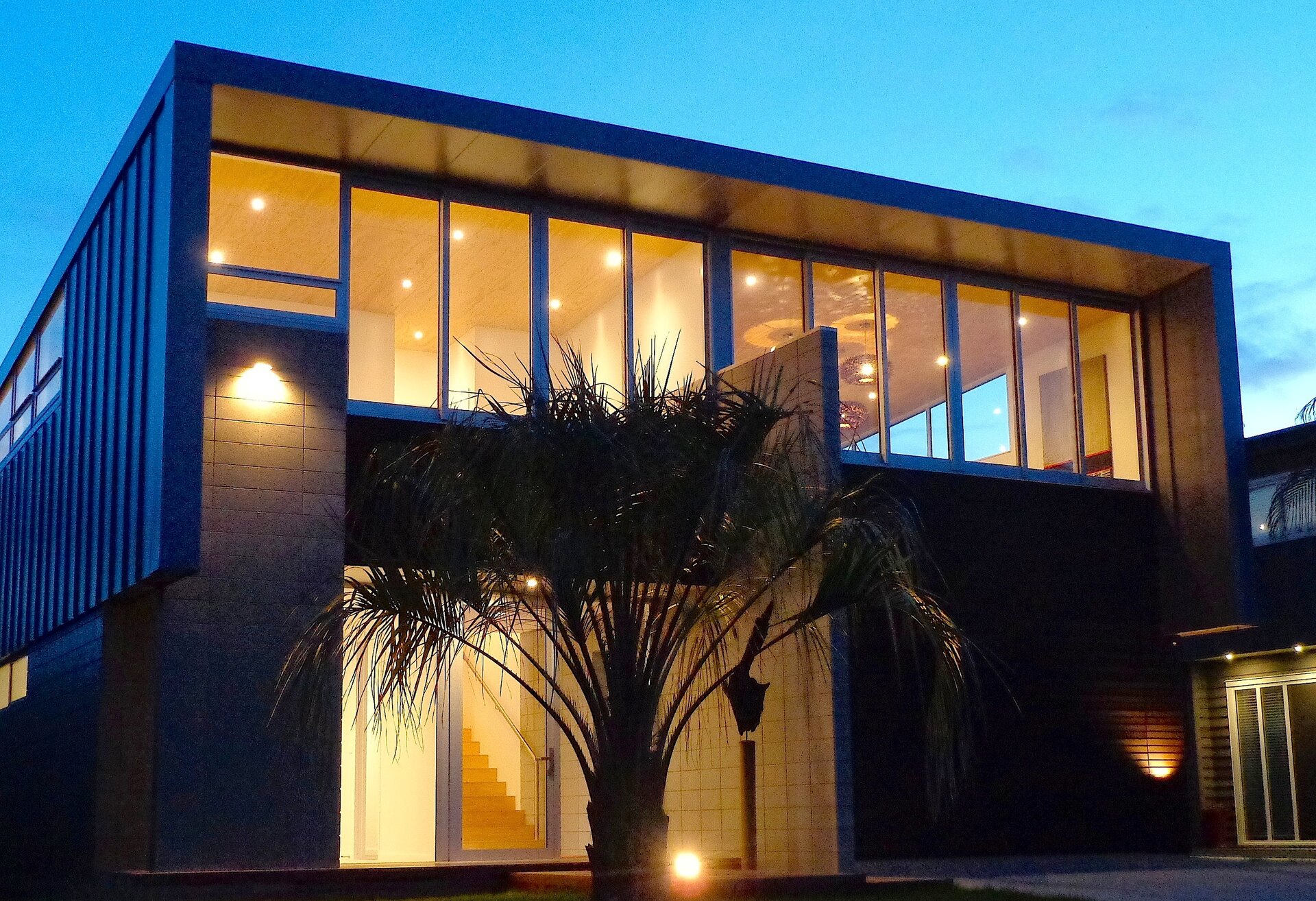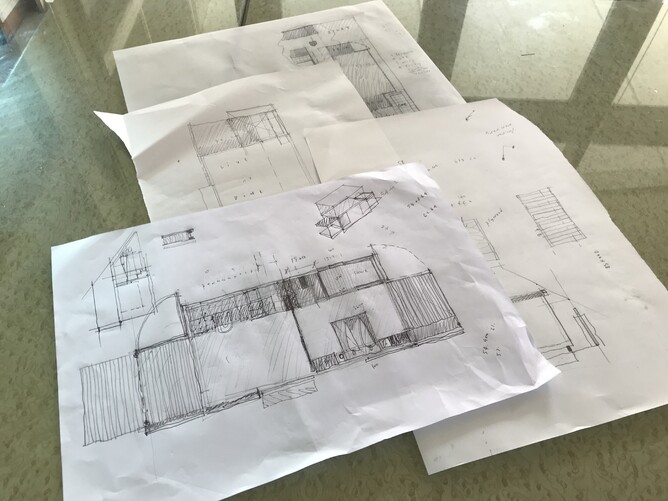Preserving the Art of Hand Sketching in Architectural Design
Hand Sketching: A design conversation
The sketch has traditionally been an extension of the Designer's thought process, where 'lines' and 'curves' take the place of words and punctuation. The collection of pencil strokes craft a story and a vision conceived in the designer's mind based on a client wish-list brief, the 'rules' and facts of the site, the hard elements of construction and materials.
Each line on the page reflects thoughtful exploration of practical options, considering all facts and ideas developed throughout the project.
As a project proceeds the sketch conveys a 2 or 3-D explanation of the workings of the design, punctuating technical conversations and instructions with clarity and practicality.
A sketch is part of an on-going conversation between the parties.
Is the 'sketch' a thing of the past? Should it be? Can CAD imagery replace the hand sketch?
Certainly, some people believe that CAD documents are more 'real' or carry greater authenticity. In reality, and perhaps somewhat harshly, it's perhaps more a matter of 'rubbish-in, rubbish-out'. The document will always depend on the underlying information and processes that have been carried out.
We believe that the value of a sketch is the personal connection of the Designer's mind with the physical translation to paper, one stroke at a time as the idea is evaluated and considered in the context of the project. Every step or line is conscious. No part of the image is automatic or AI simulated.
We found an excellent blog on architizer.com by Bob Borson on the subject of value of architectural sketching in which he says...
"When I sketch, I think it slows my thought process down and forces me to think through my idea a bit more completely in my effort to actually be able to draw it out in a manner that allows someone else to understand what I am trying to convey". (Bob Borson: Malone Maxwell Borson Architects).
Bob, we agree totally and we will continue to provide MRA clients with hand-sketches as we work through the design process and share our ideas.
Sketches form part of the conversation with the client through to a definitive sketch plan that formalises the discussions and knowledge collected and applied to the design.
Read the full article
Sketches informally present ideas & discussion points during the design stage. Here floor plan, room, fittings & furniture layouts, floor finishes, joinery placement, sizes, roof form and structure are discussed. Typically there will be many sketches worked up as ideas and facts are presented and tested and the design developed to a definitive stage.

